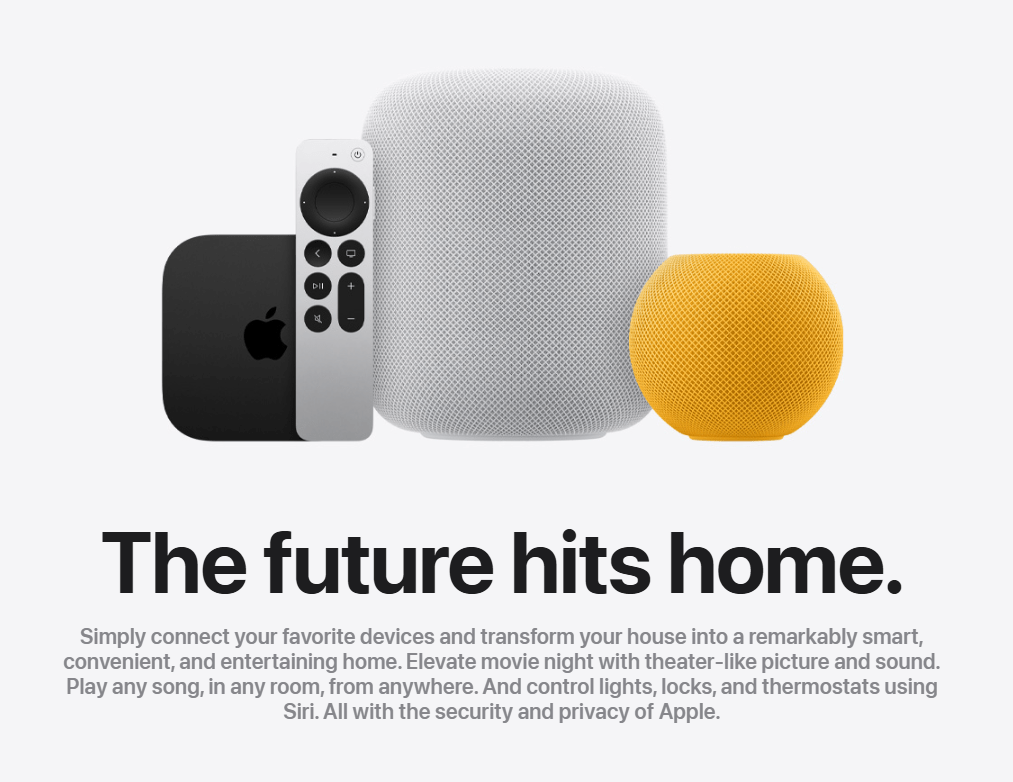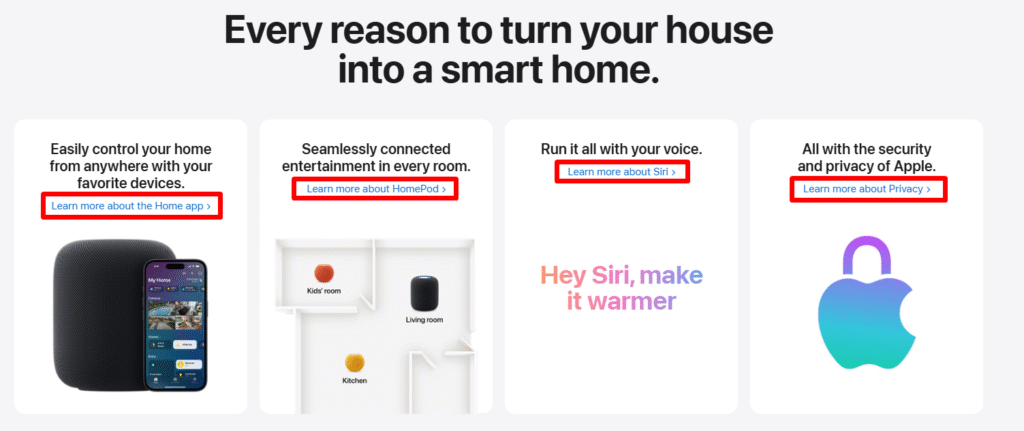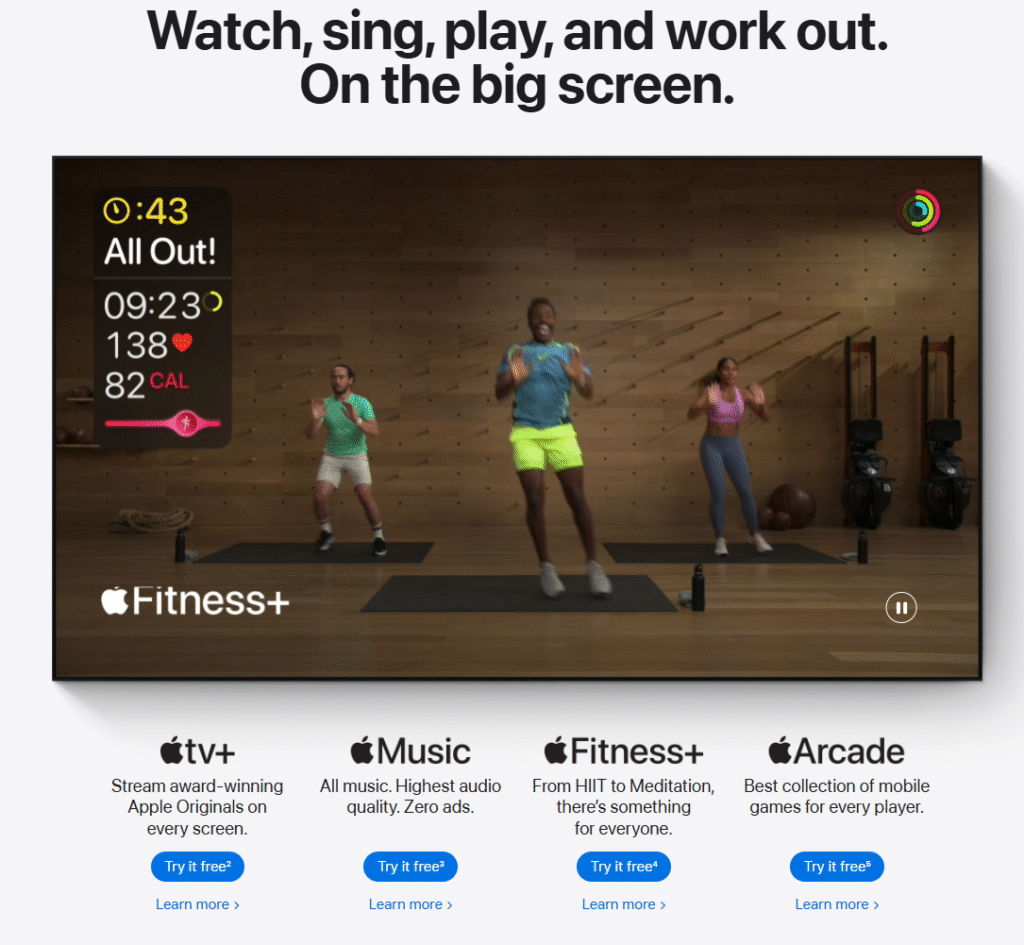
UX writing – czyli jak tworzyć treści przyjazne użytkownikom?
Dyrektorzy odpowiedzialni za strategie treści wskazują, że tworzenie wartościowych i angażujących komunikatów stanowi obecnie najskuteczniejszą strategię SEO. To dowód na to, że język w produktach cyfrowych nie jest dodatkiem, lecz podstawą wspierającą widoczność, użyteczność i zaufanie do marki. Jeśli chcesz, aby Twoje aplikacje i strony internetowe były intuicyjne, musisz nauczyć się projektować treści prowadzące użytkownika w sposób precyzyjny i naturalny przez cały proces zakupowy.
UX writing – definicja
UX writing, czyli projektowanie treści w interfejsach cyfrowych. Nie mówimy tu o marketingu, nie chodzi o storytelling czy narrację marki. Mamy na myśli praktyczny język, który towarzyszy odbiorcy podczas korzystania z aplikacji lub strony.
Do obszaru UX writingu zalicza się wszystko, co pojawia się w interfejsie:
- teksty przycisków;
- etykiety formularzy;
- komunikaty systemowe;
- powiadomienia i alerty;
- instrukcje krok po kroku;
- informacje o błędach.
Choć te treści wydają się drobiazgami, właśnie one decydują o tym, jak łatwo odbiorca poradzi sobie z zadaniem. Jeśli komunikat jest jasny i jednoznaczny – interesant przechodzi do kolejnego etapu bez namysłu.

Konkretny komunikat o wydarzeniu Apple.
Dlaczego język w interfejsie ma tak dużą wagę?
Każdy, kto korzystał z internetu, choć raz trafił na aplikację, w której treści były nieprecyzyjne. Formularz prosił o dane, ale nie precyzował, w jakim formacie je wpisać. Komunikat błędu ograniczał się do słowa „Niepoprawne”, a Ty nie wiedziałeś, czy problem dotyczył hasła, adresu e-mail czy numeru telefonu.
Treści w interfejsie pełnią trzy podstawowe funkcje:
- ułatwiają podejmowanie decyzji – jasno wskazują, jaki krok należy wykonać;
- porządkują procesy – pozwalają przejść przez nie w logiczny sposób;
- wzmacniają poczucie bezpieczeństwa – budują zaufanie, gdy komunikaty są konkretne i przewidywalne.
Bez dobrze przygotowanych tekstów nawet najlepszy projekt graficzny traci wartość.

Klarowne treści Apple w niestandardowym formacie.
Jak pisać treści przyjazne użytkownikom? UX writing od „A” do „Z” – najważniejsze elementy!
Zwięzłość i prostota
Użytkownik rzadko czyta komunikaty w całości. Zazwyczaj jedynie je skanuje wzrokiem. Dlatego treść musi być krótka i konkretna. Przykład: zamiast pisać „Kliknij tutaj, aby przejść dalej”, wystarczy napisać „Dalej”.
Język odbiorcy
Treści powinny być formułowane w języku, którym na co dzień posługuje się odbiorca. W aplikacji bankowej nie ma sensu mówić o „transferze”, skoro użytkownicy korzystają z pojęcia „przelew”.
Spójność
Cały interfejs musi być językowo konsekwentny. Jeśli w jednym miejscu używasz słowa „konto”, a w innym „profil”, pojawia się zamieszanie. Jednolity język sprawia, że całość wydaje się przewidywalna i uporządkowana.
Wspieranie w błędach
Zamiast lakonicznego „Błąd” lepiej napisać: „Hasło powinno zawierać minimum 8 znaków”. Użytkownik nie zostaje sam, lecz otrzymuje jasną wskazówkę.
Naturalny ton głosu
Treści muszą być zgodne z charakterem marki, ale też dopasowane do sytuacji. Aplikacja sportowa może komunikować się dynamicznie i motywująco, bank z kolei powinien być bardziej formalny i spokojny w swoich wypowiedziach.

Treści Apple dopasowane do charakteru marki.
Mikrotreści – małe elementy, duże znaczenie
Najbardziej niedocenianym obszarem UX writingu są mikrotreści. To krótkie słowa i zdania prowadzące odbiorcę przez interfejs. Ich siła polega na tym, że działają szybko i bezpośrednio.
Do mikrotreści należą:
- teksty pól w formularzach;
- podpisy przycisków;
- komunikaty ostrzegawcze;
- etykiety nawigacyjne;
- wskazówki przy błędach;
- krótkie instrukcje przy zadaniach;
- powiadomienia systemowe.
Każdy z tych elementów wydaje się drobiazgiem, ale to właśnie one sprawiają, że produkt jest intuicyjny.

Przykład mikrotreści w serwisie Apple.
Jak projektować język w aplikacjach mobilnych?
Urządzenia mobilne mają swoje ograniczenia – przede wszystkim mały ekran. Tutaj liczy się jeszcze większa zwięzłość niż w przypadku stron internetowych.
Zasady pisania treści w aplikacjach mobilnych:
- krótkie zdania, które mieszczą się w jednym wierszu;
- brak skomplikowanych konstrukcji – odbiorca korzysta często w biegu, nie ma czasu na analizę;
- unikanie wieloznaczności – każde słowo musi być precyzyjne;
- dopasowanie długości do przycisków i ekranów – długi tekst w małym przycisku utrudnia interakcję.

Krótki komunikat Apple z interaktywną wstawką responsywny na urządzeniach mobilnych.
Dlaczego warto badać język w interfejsach?
Możesz przygotować najlepszy projekt treści, ale dopóki nie zobaczysz, jak reagują na niego użytkownicy, nie masz pewności, że działa. UX writing, podobnie jak projektowanie graficzne, wymaga testowania.
Zapamiętaj! Treści w interfejsach powinny być traktowane jako hipotezy, które trzeba sprawdzać. Sformułowanie „Dodaj adres” może być intuicyjne, ale dopiero testy z użytkownikami pokażą, czy nie byłoby lepiej użyć „Wpisz adres do korespondencji”.
Jak testować treści w UX writingu?
W pierwszej kolejności wypróbuj testy A/B. Polegają na porównaniu dwóch wersji tej samej treści. Na przykład jedna grupa użytkowników widzi przycisk „Kup teraz”, a druga „Dodaj do koszyka”. Analizuje się, która wersja prowadzi do większej liczby zakończonych transakcji.
Wywiady z użytkownikami
Bezpośrednia rozmowa z osobami korzystającymi z aplikacji pozwala zrozumieć, czy treści są jasne, czy budzą wątpliwości. To metoda czasochłonna, ale niezwykle wartościowa.
Analiza nagrań sesji
Narzędzia do badania zachowań użytkowników umożliwiają obserwowanie, w których miejscach zatrzymują się najdłużej i gdzie popełniają błędy. Jeśli zatrzymują się przy formularzu, można podejrzewać, że treść etykiet nie jest wystarczająco precyzyjna.
Mapy cieplne
Pokazują, w których miejscach użytkownicy klikają najczęściej. Jeśli klikają w niewłaściwe miejsca, przyczyną bywa niejasny język przycisków lub etykiet.

Podsumowanie
UX writing to obszar projektowania treści w interfejsach, który realnie wpływa na doświadczenie użytkownika – od szybkości podejmowania decyzji po liczbę błędów podczas korzystania z produktu. Tworząc jasne etykiety, precyzyjne komunikaty i spójny język, zapewniasz odbiorcy płynne przechodzenie przez procesy i wzmacniasz jego poczucie bezpieczeństwa. Twoim zadaniem jest projektowanie języka wspierającego działanie.
UX writing – FAQ
Jakie są najczęstsze pytania i odpowiedzi na temat UX writingu?
Czym różni się UX writing od copywritingu?
UX writing skupia się na prowadzeniu użytkownika przez interfejs i wspieraniu jego działań, podczas gdy copywriting koncentruje się na perswazji i sprzedaży.
Jak sprawdzić skuteczność treści w interfejsach?
Możesz korzystać z testów A/B, analizy nagrań sesji oraz map cieplnych. Dzięki tym metodom zobaczysz, które treści rzeczywiście ułatwiają działanie użytkownikom i skracają czas realizacji zadań.
Jak pisać komunikaty błędów, aby wspierały użytkownika?
Unikaj ogólników w rodzaju „Błąd” i podawaj konkretne wskazówki, np. „Hasło powinno zawierać minimum 8 znaków”. Dzięki temu użytkownik rozumie, co poprawić i nie czuje frustracji.
Jakie elementy interfejsu wymagają największej uwagi w UX writingu?
Najbardziej wrażliwe są formularze, przyciski oraz komunikaty błędów, ponieważ to w nich użytkownik najczęściej popełnia pomyłki. Ich poprawne zaprojektowanie decyduje o płynności całego procesu.
W jaki sposób ton głosu wpływa na doświadczenie użytkownika?
Ton głosu buduje atmosferę komunikacji i wpływa na emocje – aplikacja bankowa powinna brzmieć spokojnie i rzeczowo, a aplikacja sportowa dynamicznie i motywująco. Dzięki spójności w całym produkcie użytkownik czuje się pewnie i swobodnie.
Dlaczego warto inwestować w UX writing?
Dobrze zaprojektowane treści zmniejszają liczbę błędów, skracają czas realizacji zadań i podnoszą satysfakcję użytkowników.
- UX writing – definicja
- Dlaczego język w interfejsie ma tak dużą wagę?
- Jak pisać treści przyjazne użytkownikom? UX writing od „A” do „Z” – najważniejsze elementy!
- Zwięzłość i prostota
- Język odbiorcy
- Spójność
- Wspieranie w błędach
- Naturalny ton głosu
- Mikrotreści – małe elementy, duże znaczenie
- Jak projektować język w aplikacjach mobilnych?
- Dlaczego warto badać język w interfejsach?
- Jak testować treści w UX writingu?
- Wywiady z użytkownikami
- Analiza nagrań sesji
- Mapy cieplne
- Podsumowanie
- UX writing – FAQ















